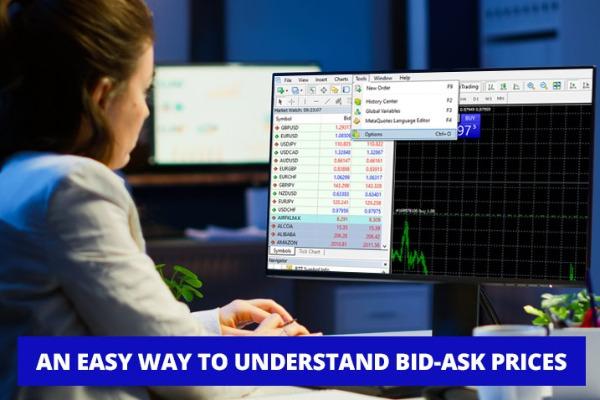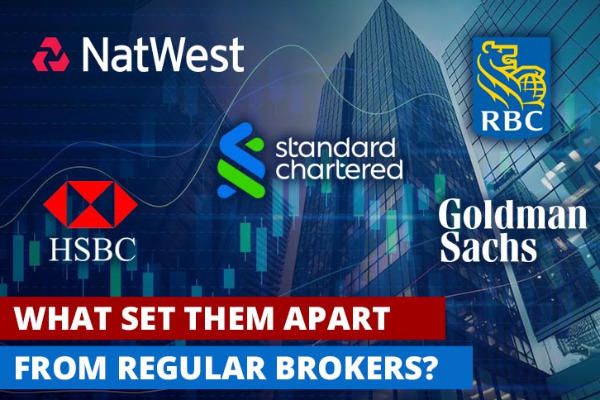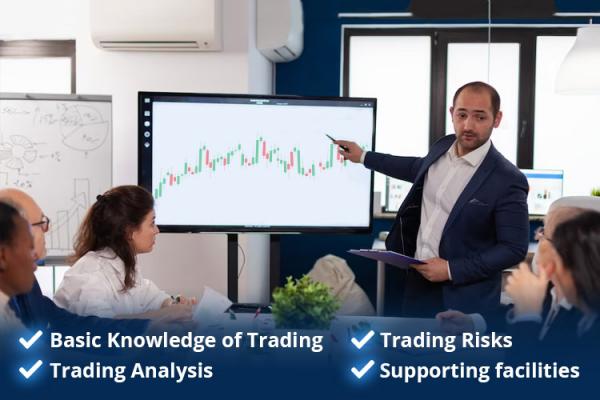It is possible to lose money with stop-loss but it depends on your approach to trading because it does offer protection against losses.
Let us start by defining what stop-loss is. A stop-loss is a specific instruction stipulating that an investor's position on an asset should be closed if the price of that asset ever moves to a predetermined level. A stop-loss order offers protection to investors so that they do not end up losing more money than they can afford. Trading in financial markets is tricky due to the volatile nature of the markets and while that volatility opens up trading opportunities, there is also the risk of losses which is why investors utilize tools that can help reduce that risk. A stop-loss order is a good example of such a tool.
Here is how a stop-loss order works: If an investor buys an asset for a particular amount of money like around $40 per unit and the investor does not want to lose more than 10% of their investment, the stop-loss order will be set at $36 (10% of $40 is $4, and subtracting $4 from $40 gives the threshold price for where the stop-loss should be placed). This means that once the price of the asset drops to $36, the asset gets sold automatically at the prevailing market price at that point.
Stop-loss orders are completely automated and the investor does not need to be monitoring the trade in order to activate the trade. Stop-loss essentially reduces the potential losses that an investor can suffer but it does not necessarily eliminate the prospect of losses. There are even situations in which a stop-loss order is essentially ineffective and will even do more harm than good to a trader's investment.

For instance, if a trader actively monitors the market with a readiness to buy or sell at any time in response to market movements, then a stop-loss is simply pointless in this case. That is because there is a likelihood the trader will be aware of when the asset is getting closer to the threshold for a level of losses that is unacceptable and will initiate an execution once the time is right.
Another situation is one in which the trader is fully utilizing price alerts for a price level that would normally have served as the stop-loss thresholds. With the price alerts, it is possible to execute in a timely and efficient manner without stop-loss. The price alerts are usually received in a form of notification after which the investor makes a decision on whether to sell or keep holding the asset. Using price alerts mean that the investor can protect their assets from abnormal market fluctuations that will more often than not correct themselves.
Furthermore, the market fluctuations might have caused the price of the asset to temporarily drop to the stop-loss threshold before rising again. So when a trader uses stop-loss, the order will have been activated instantly, causing the asset to be sold for a lesser price that will have the investor lamenting the losses. This is what is called being stop hunted.
Without a doubt, stop-loss has its advantages as it takes out emotions from trading decisions while also reinforcing discipline in the investor but sometimes, it can set an investor back by some significant amount of money. Stop-loss essentially takes the decision out of your hands since the order is triggered immediately should the price reach your pre-determined level. This is why investors need to understand their trading styles so that they can ascertain what works for them and what does not.
The main thing to remember as an investor is that you are in the market to make money and not to just keep accumulating losses which is why a stop-loss is a form of insurance when market prices just keep falling. Your dexterity in using stop-loss orders will determine how effectively you can utilize it to reduce potential losses without allowing it to hinder opportunities to make significant profits.

 Dedicated FREE FOREX VPS
Dedicated FREE FOREX VPS Free FOREX Virtual Private Server
Free FOREX Virtual Private Server MT4 Demo Contest, Get $500
MT4 Demo Contest, Get $500 Sign Up for an Account, Claim 60% Deposit Bonus
Sign Up for an Account, Claim 60% Deposit Bonus Free MT4/MT5 VPS 2024
Free MT4/MT5 VPS 2024 Send E-mail and Get Free Merchandise
Send E-mail and Get Free Merchandise $1K Refer a Friend Bonus for Pepperstone Pro clients
$1K Refer a Friend Bonus for Pepperstone Pro clients Maximize Your Earnings with 100% Deposit bonus
Maximize Your Earnings with 100% Deposit bonus Trade to Win, $5,000 Monthly Demo Contest
Trade to Win, $5,000 Monthly Demo Contest Claim 30% + 15% Deposit Bonus from LiteFinance
Claim 30% + 15% Deposit Bonus from LiteFinance











